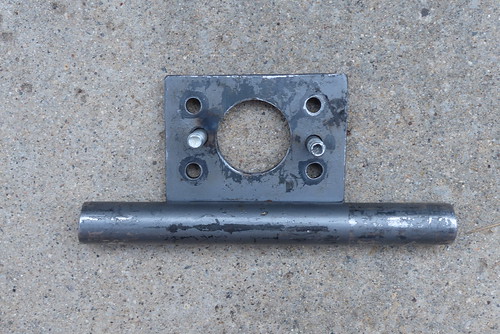ihscoutlover
NAXJA Forum User
- Location
- Edwardsville
Ok I have done some searching and research. I have found some very good leads, but nothing sounds close to what I am looking for/at. When I bought my latest Cherokee Sport, the PO had claimed that the pinion nut had come off. I got with the XJ, the rear driveshaft and axle yoke. I also got the bolts and straps to retain the U-joint, which I won't be using. My problem is that I have the old pinion yoke and have to clean it up some, as the PO let it get some rust on the seal area. I am cleaning the surface as good as I can, so that I don't have an issue with the seal leaking. Problem is I have a new pinion nut, and straps for the Ujoints(had to find another driveshaft as the original one had the ears on both the slip yoke and shaft that were all beat up, and I probably wouldn't be able to get the joint out. How should I go about reinstalling, and here is something else. Currently its in 4wd to hold it, as well as the parking brake. Can the yoke be just placed on any which way, since it wasn't marked prior to its deinstallation?? If so, when I tighten down the nut, do I just crank it down as tight as I can with my socket and that's it?? I have a click type torque wrench that is pretty darn accurate, and I wanted to make sure I am not overtightening it or not tightening it enough that it comes loose again. Any thoughts or help here would be awesome. I have several of the other threads I have read up so I have some reference as to what I have found.
Jeff
Jeff

